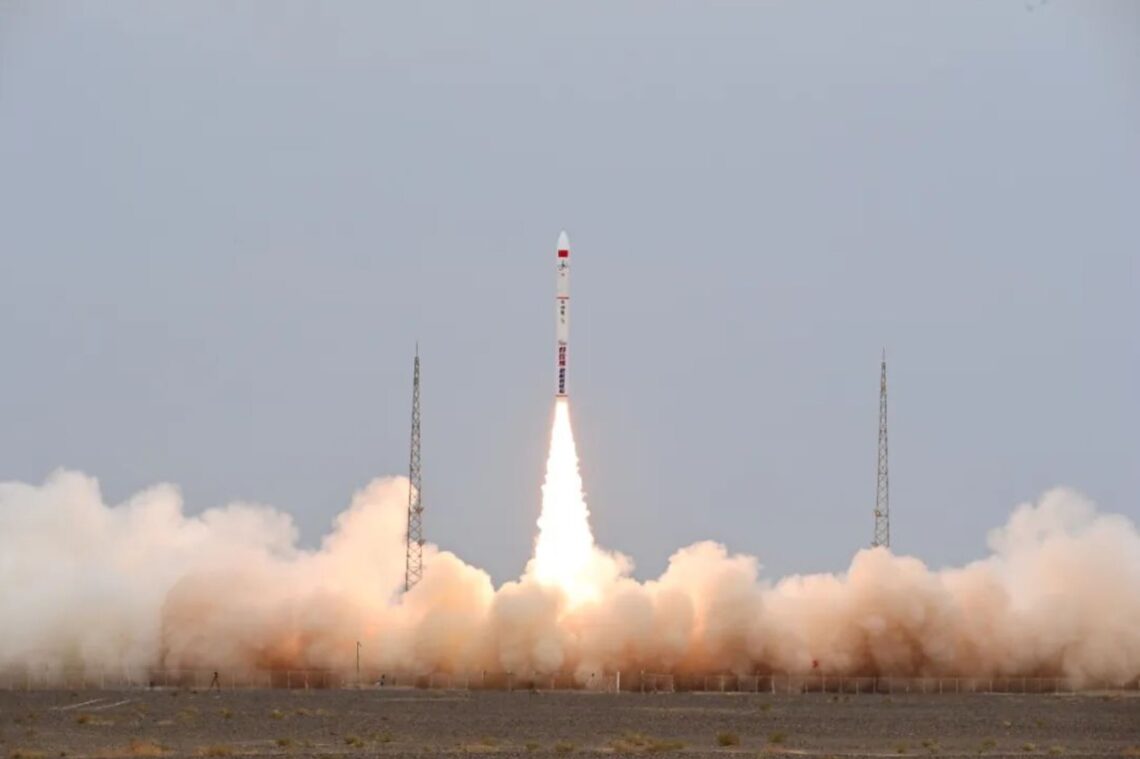HELSINKI — Chinese commercial firm Galactic Energy achieved its seventh launch success from seven attempts early Thursday and is now set for a first sea-based mission.
The seventh Ceres-1 solid rocket lifted off using a transporter erector launcher at the Jiuquan Satellite Launch Center in the Gobi Desert at 12:03 a.m. Eastern, Aug. 10 (0403 UTC). Aboard were seven satellites for a variety of customers.
The Beijing-based commercial firm is now preparing to make the first attempt by a Chinese commercial rocket company to launch from a mobile sea platform, a Galactic Energy representative told SpaceNews. The rocket will lift off from a platform off the coast of Haiyang, Shandong province, during a window starting Aug. 20 and running until the end of the month.
So far only the state-owned China Academy of Launch Vehicle Technology (CALT) and its affiliated China Rocket company have launched from the sea, using Long March 11 and Jielong-3 (“Smart Dragon-3”) solid rockets.
Thursday’s launch carried Xiguang-1 (01), Star Pool-1B satellite, GeoSat Intelligent Emergency-1, and the Xi’an Hangtou -88, -96, -104 and -112 satellites. The satellites are expected to enter roughly 500-kilometer-altitude sun-synchronous orbits.
Xikuang-1 (01) is a 100-kilogram class hyperspectral satellite belonging to the Xikuang-1 series developed by Xi’an Zhongke Xikuang Aerospace Science and Technology Co., Ltd., or Xiopm Space. The satellite carries multiple payloads including a hyperspectral camera, infrared camera, panchromatic camera, on-board intelligent processing unit for a range of Earth observation uses.
The four Xi’an Hangtou satellites are lightweight, low-power optical satellites focusing on assisting ecological sustainability in the Qinling region of Shaanxi, the province in which Xiopm Space is based.
Star Pool 1B is a wide-view, integrated sensing satellite independently…
Read the full article here

